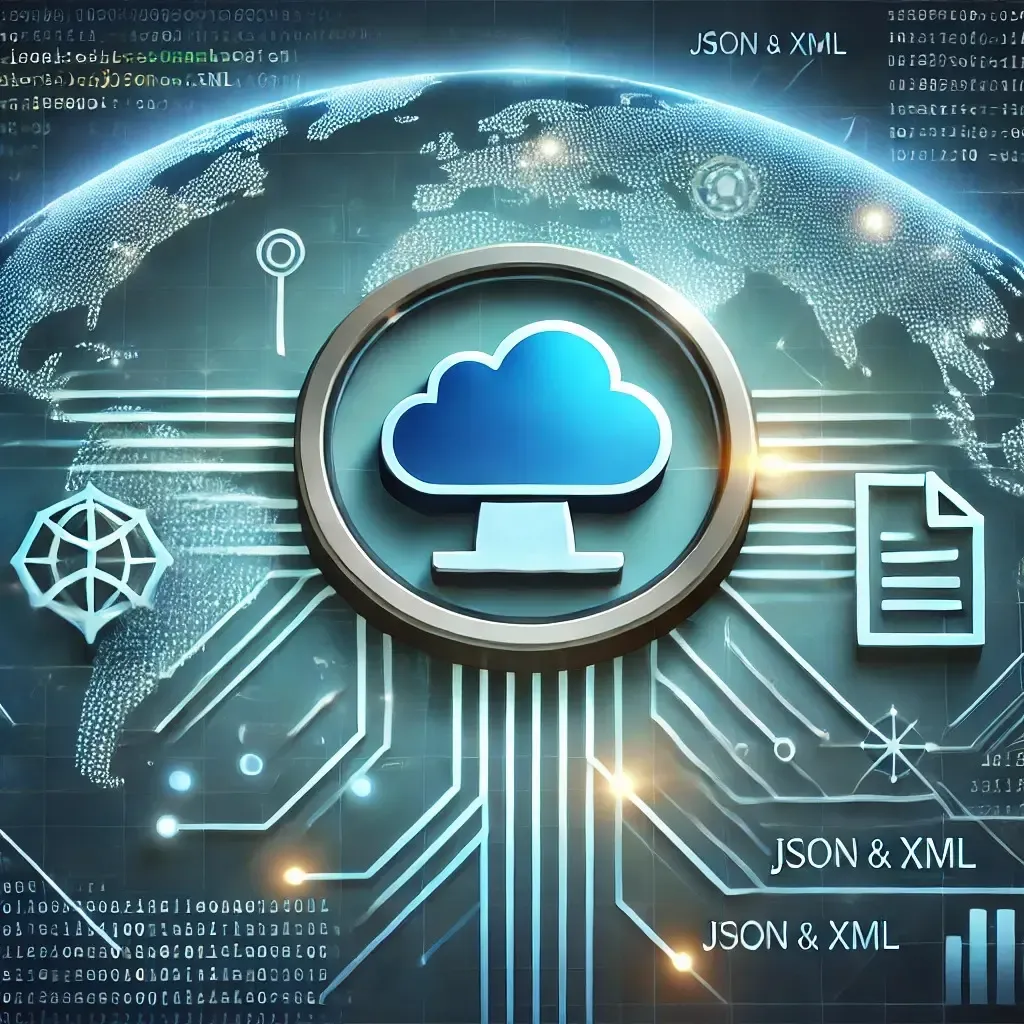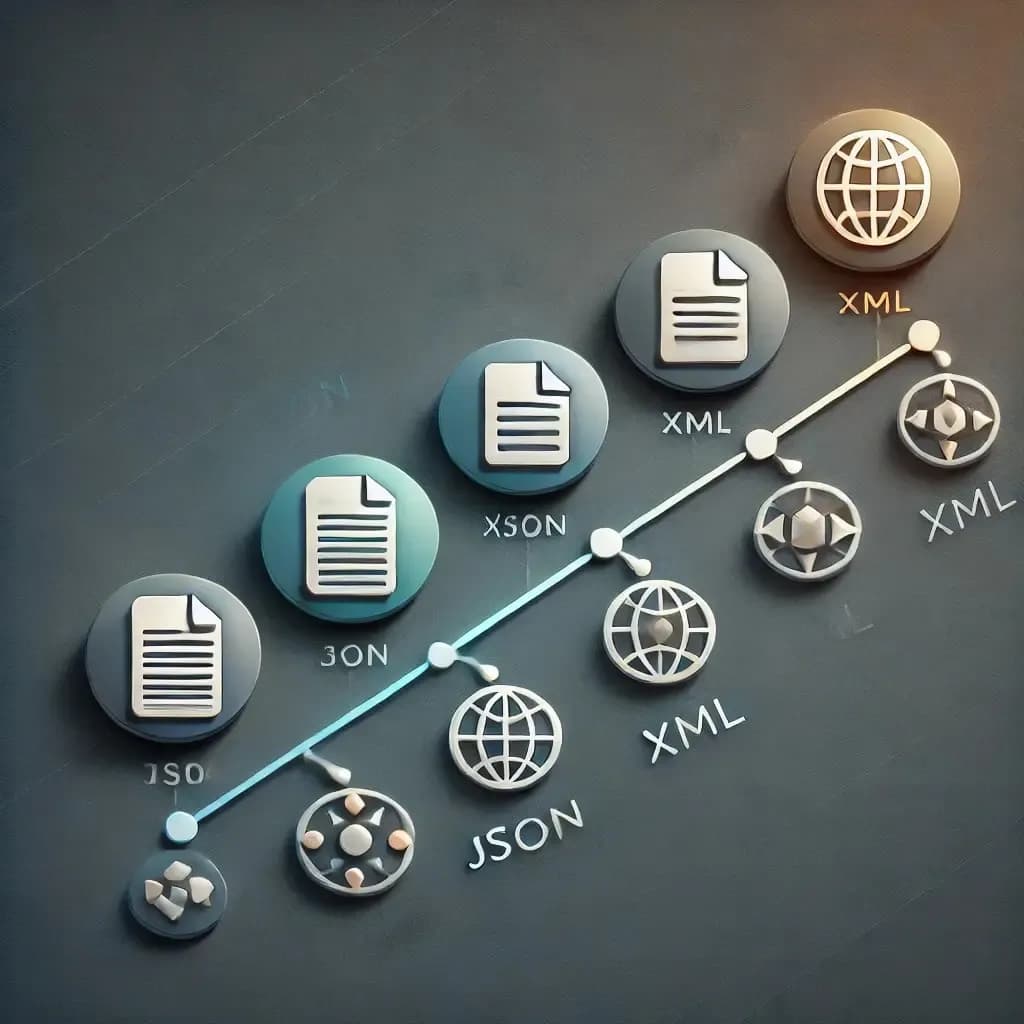Document translation has come a long way from the early days of simple text translations to the complex needs of modern data-driven applications. As technology evolves, so does the need to translate more diverse file formats, including JSON and XML. These formats are essential for data interchange in today’s interconnected world, making accurate translations more crucial than ever. In this guide, we'll explore the evolution of document translation, the growing importance of translating JSON and XML files, and how GPT Translator can help you navigate these challenges with ease.
The Journey from Text to Structured Data
The need for document translation began with simple text files, where the primary focus was on translating words and phrases. As businesses expanded globally and technology advanced, the demand for translating more structured data formats emerged. JSON (JavaScript Object Notation) and XML (eXtensible Markup Language) are now widely used for data storage, configuration, and exchange between systems. Translating these formats accurately is essential for maintaining data integrity and ensuring smooth communication across different languages and regions.

Why Translate JSON and XML Files?
Translating JSON and XML files has become increasingly important for businesses and developers working in a global context. Here’s why:
JSON Translation for Dynamic Web Applications JSON is widely used in modern web applications for storing and exchanging data. Translating JSON files is crucial for ensuring that web applications are accessible and usable by users across different languages:
Maintaining Data Structure: JSON files contain key-value pairs that must be translated without altering the structure. GPT Translator ensures that the data remains intact while translating the values into the desired language.
Supports Multilingual Applications: For businesses operating globally, translating JSON files allows for the creation of multilingual applications that cater to diverse user bases.
XML Translation for Enterprise Systems XML is often used in enterprise systems for data interchange, configuration, and documentation. Accurate translation of XML files is vital for ensuring seamless integration and operation across different regions:
Preserving Hierarchical Structure: JXML files have a hierarchical structure that must be preserved during translation. GPT Translator accurately translates the content while maintaining the structure, ensuring compatibility across systems.
Facilitating Global Operations: By translating XML files, businesses can ensure that their enterprise systems are fully operational in multiple languages, enhancing collaboration and efficiency on a global scale.
Tips for Translating JSON and XML Files
To achieve accurate translations of JSON and XML files, consider the following tips:
Understand the File Structure: Before translating, familiarize yourself with the structure of the JSON or XML file to ensure that the translation does not disrupt the data format.
Use GPT Translator: GPT Translator is designed to handle the complexities of JSON and XML translation, ensuring that your data is accurately translated without compromising its integrity.
Double-Check Translations: Always review the translated files to confirm that all key values and elements are correctly translated and that the structure is preserved.

Conclusion
The evolution of document translation from simple text to structured formats like JSON and XML reflects the growing complexity of modern data exchange. As businesses and developers continue to operate in a global environment, the need for accurate and reliable translations of these formats becomes more critical. GPT Translator provides a powerful solution for translating JSON and XML files, ensuring that your data remains intact and accessible in any language. Start using GPT Translator today to navigate the complexities of modern document translation and keep your business ahead in the global market.